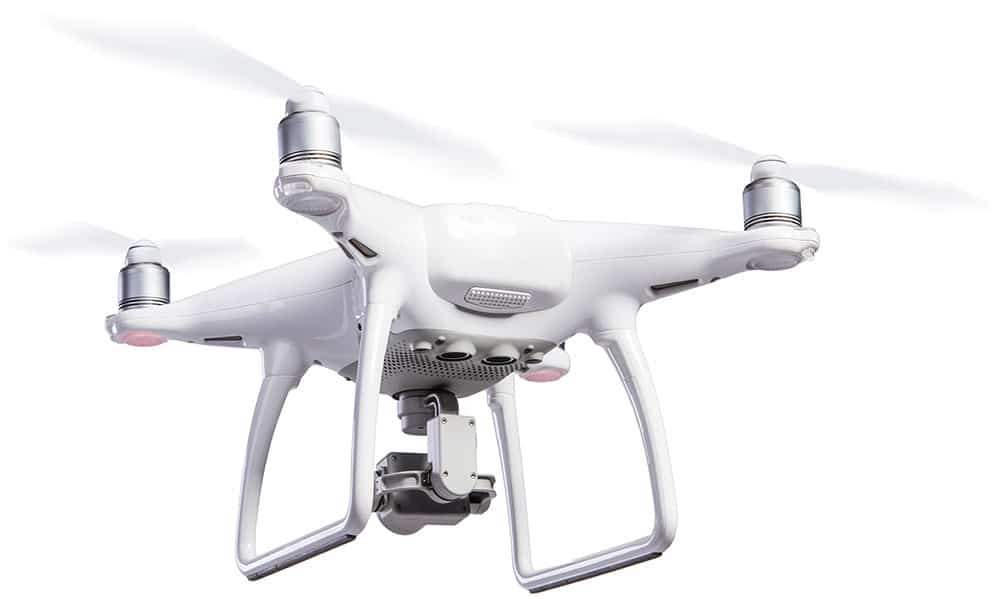

With absolute accuracy, you should find an expected error of 1-2 Ground Sampling Distance (GSD) horizontally and 1-3 GSD vertically for a correctly constructed model. It can be larger in terrain with irregular altitudes or even terrain with no characteristic objects to use as identifying points. However, you must remember that this error is not global. This error should be applied both vertically and horizontally on your model. With all of this being said, how do you know what accuracy you can achieve with your drone made land survey? When it comes down to relative accuracy, you should find an expected error of 1-3 times the pixel size for a correctly constructed model. These are aspects that you should look into to ensure that it won’t mess up your accuracy too much. Because of this, it’s almost impossible to have each pixel of the map located exactly where it should be, however, it should be pretty close.įinally, there are a few other things that might influence your survey accuracy, these include: You’ll be stitching together hundreds or even thousands of tiny photos that you have taken with your small drone camera. To counteract this, make sure that the points used are measured with an accuracy higher than the pixel size of your drone.Īccuracy will also depend on the relative accuracy of your drone model. With this being said, you must also realize that the absolute accuracy of your survey cannot be higher than the GCPs’ accuracy. The degree of accuracy of a drone land survey depends on a variety of technicalities, including the photogrammetric process and the accuracy of the Ground Control Points (GCPs). Therefore, it is always important to stay up to date with the standards and regulations that you will be operating under and make sure that you understand it. A surveyor must also keep in mind that different states have different standards and regulations that need to be kept in mind when doing land surveys. Something to keep in mind is that according to the USGS Global Navigation Satellite System Committee, matching the accuracy requirements of the project and choosing the right equipment for the project is the sole responsibility of the surveyor. But before you start a land surveying project, you must also investigate the UAV regulations and requirements that you need to follow for your project. In many cases, an acceptable error of 30 cm will be more than enough in terms of accuracy, while many other projects require a maximum acceptable error of 2 cm. The accuracy of a land survey depends on the final application and the use of the model. WHY IS AN ACCURATE DRONE LAND SURVEY NEEDED? If they don’t understand these things, then they offer their clients nothing, and you’re left wondering how accurate your drone survey is. Therefore, they need to know what accuracy is and how they can achieve it using drones.


This is all very important to question when it comes down to land surveying: accuracy is the aim of every land surveyor.
#Uav drone land surveying how to
However, most people don’t know exactly what ‘accuracy’ means, how it’s measured, and how to verify it, especially when it comes to UAV surveying. Plus, drones have become so widely used that even the simple hobby models can achieve UAV survey grade mapping accuracy in a 3D model or a photogrammetric map. Drones have the ability to map an area or object, no matter the size, in a matter of minutes whereas it takes humans hours, days, or weeks. Drones have become a major part of our lives in many aspects this includes photography, videography, but most importantly field mapping using drone surveying.


 0 kommentar(er)
0 kommentar(er)
